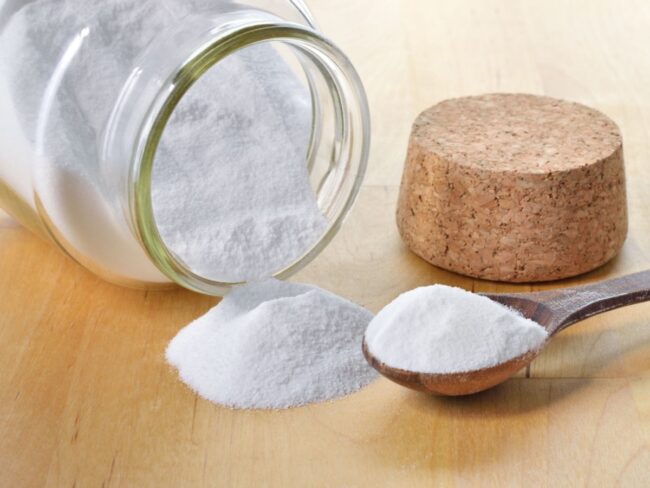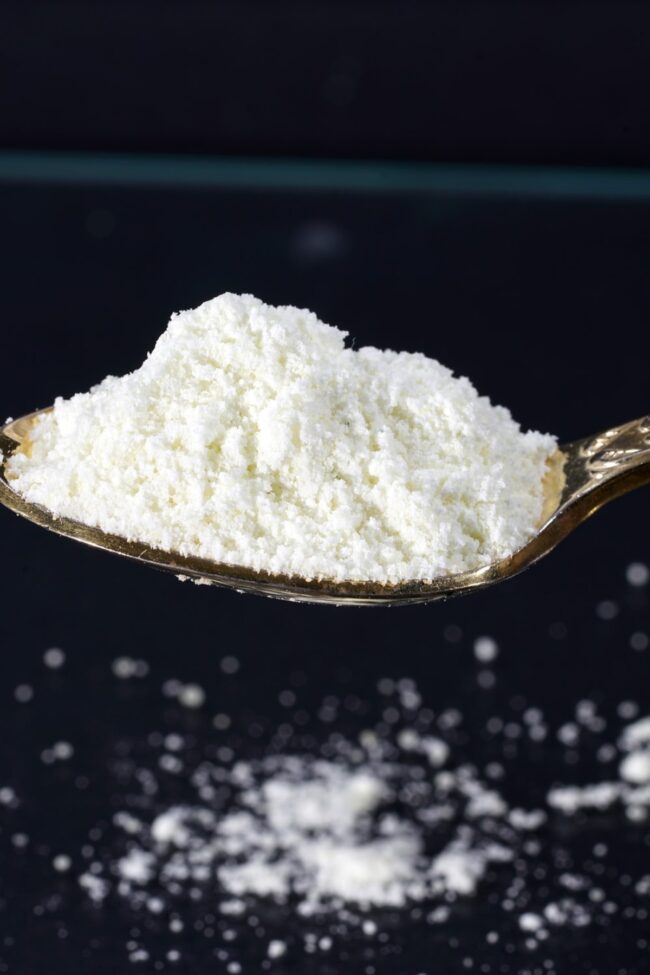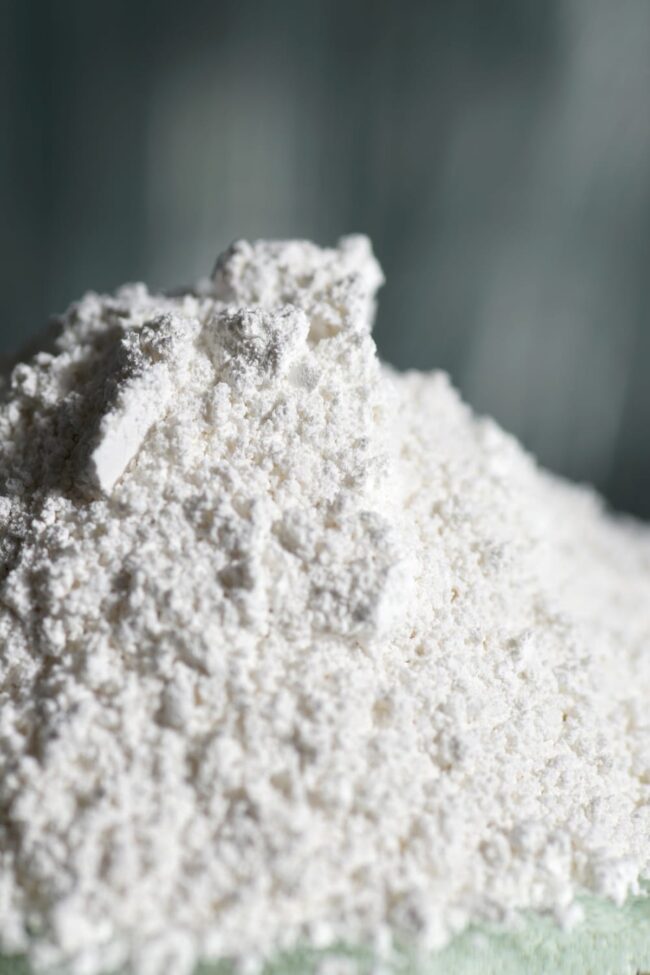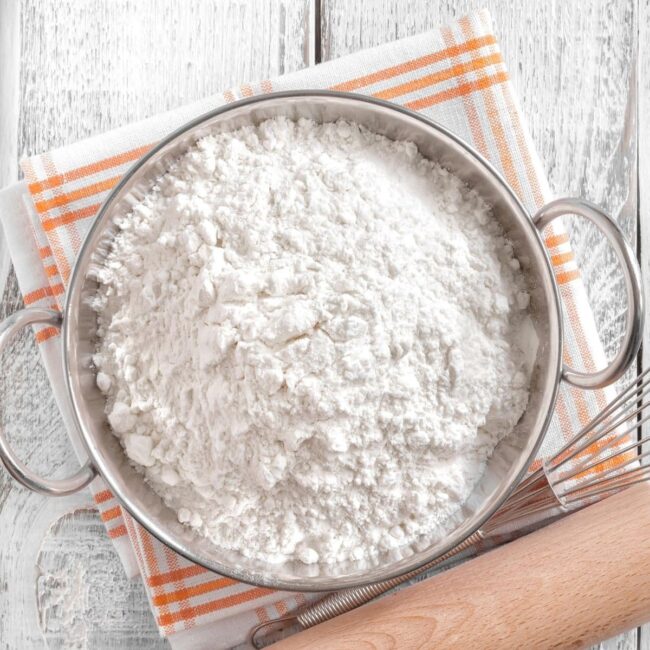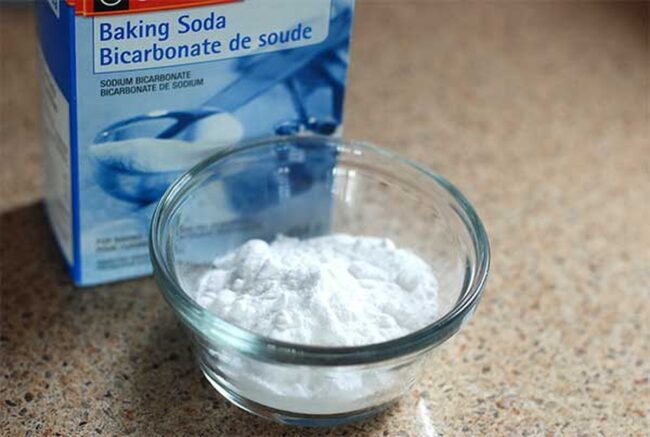4 Simple Substitutes for Baking Soda
When baking soda is not available, our top substitutes come to the rescue, delivering the perfect rise and texture your recipes need.
These alternatives offer similar leavening properties, suitable for a wide range of sweet and savory dishes.
By choosing the right replacement, your baked goods maintain their desired consistency and flavor.
What Is Baking Soda?
Baking soda, or sodium bicarbonate, is a versatile ingredient found in many kitchens.
This chemical compound acts as a leavening agent, helping baked goods rise and become fluffy.
When combined with an acid, it produces carbon dioxide bubbles that create light textures in cakes and breads.
Beyond baking, its uses extend to cleaning and deodorizing due to its alkaline properties.
Understanding what baking soda is opens the door to exploring various alternatives when needed for your recipes or household tasks.
List of Ideal Baking Soda Substitutes
Running low on baking soda? You can still make your baked goods rise beautifully with the right alternatives. Read on and explore these ideal substitutes to keep your recipes delicious and successful.
Baking Powder
Baking powder often gets mistaken for baking soda due to their similar names and appearances.
It combines baking soda with cream of tartar, creating a leavening agent that works effectively when mixed with liquid and heat.
While both ingredients cause baked goods to rise by releasing carbon dioxide, the strength of baking powder falls short compared to its counterpart.
Adjusting the amount is crucial; using three times as much ensures proper leavening when substituting.
Bakers Ammonia
Baker's ammonia, or ammonium carbonate, holds a special place in the history of baking.
This leavening agent was widely utilized before the advent of baking soda and powder, dating back to the 13th century.
A remarkable characteristic is its ability to create a delightful crispiness in lighter baked items like cookies and crackers.
When using this substitute for baking soda, equal measurements simplify your process immensely.
The strong ammonia smell during baking vanishes quickly with thin textures but lingers in denser goods; hence careful selection is key for successful results.
Using this ingredient in baking creates a wonderful crispy texture that elevates cookies and other thin treats.
The 1:1 ratio simplifies measuring, making it easy to incorporate into your favorite recipes.
However, be cautious with larger baked goods; the ammonia released during baking can leave a lingering odor that isn't pleasant at all.
Potassium Bicarbonate and Salt
Potassium bicarbonate serves as an effective alternative to baking soda, especially for those monitoring their sodium intake.
This alkaline mineral can easily replace baking soda in recipes without requiring adjustments in quantity, simplifying the cooking process.
Flavor may be milder due to its lower salt content, so adding a pinch of salt enhances taste if desired.
This seasoning offers a straightforward 1:1 ratio for easy use in recipes.
Without sodium, it suits those aiming to reduce salt intake.
Finding the right balance can be challenging since its flavor profile lacks saltiness.
Self-rising Flour
Self-rising flour stands out as a versatile ingredient in baking, offering a unique blend of regular flour, baking powder, and salt.
This combination allows it to function effectively without the need for additional leavening agents or acidic components.
Knowing how to adjust recipes is essential when using self-rising flour as a substitute; careful measurements can lead to delightful results.
The typical ratio includes about one and a half teaspoons of baking powder and a quarter teaspoon of salt per 120 grams of flour.
Common Uses for Baking Soda
Baking soda serves multiple purposes that go beyond its role in the kitchen.
In cooking, it functions as a leavening agent, creating light and airy baked goods.
The magic happens when it reacts with acidic ingredients and moisture, producing carbon dioxide that causes dough to rise.
This process is crucial for achieving the fluffy texture found in cakes and breads; without baking soda, your treats may end up dense or flat.
Beyond baking, this remarkable compound shines in cleaning hacks around the house, making it a staple for both culinary enthusiasts and home maintenance aficionados alike.
Our Final Verdict on Baking Soda
Baking powder stands out as the top alternative to baking soda due to its similar properties.
It requires minimal adjustments in recipes, making it a convenient choice for many.
Using three times the amount might seem like a drawback, but this ease of use can simplify your baking process significantly.
For those with more experience, self-rising flour presents an exciting opportunity to refine skills while achieving impressive results.
This option not only elevates baked goods but also encourages creativity in the kitchen as you experiment with different ratios and flavors.

